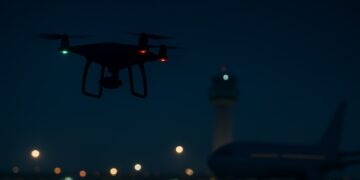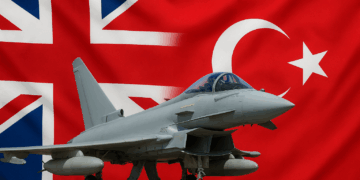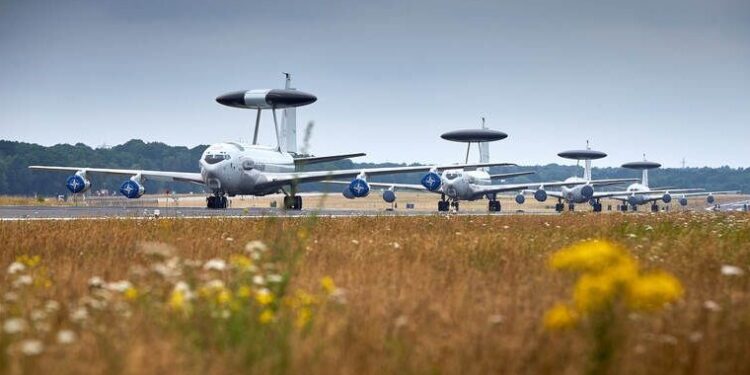Several NATO countries, including the Netherlands, have decided to stop their joint plan to buy the Boeing E-7 Wedgetail as a replacement for the ageing AWACS aircraft. The Dutch Ministry of Defence confirmed the move after months of uncertainty surrounding the programme.
The plan fell apart when the United States withdrew from the project earlier this year. Washington had been a major partner, and its exit left the remaining countries without enough financial backing or political strength to continue the purchase. With the U.S. gone, the European partners agreed that the Wedgetail project could no longer go ahead.
Dutch State Secretary Gijs Tuinman said the countries still want new aircraft in service before 2035, as the old AWACS jets will not last beyond that date. He also stressed that this is a chance for Europe to look more seriously at its own defence industry and at aircraft that are quieter, more modern and easier to maintain.
Why new aircraft are needed
An AWACS aircraft is a flying radar station that helps NATO watch the skies. It can spot aircraft hundreds of kilometres away, even at low altitude or in bad weather. The plane sends this information to other jets and command centres, so they know what is happening in the air and can respond quickly. In simple terms: AWACS keeps track of everything in the sky and helps protect Europe from unexpected threats.
The current E-3A AWACS planes are decades old and based in Geilenkirchen, Germany. They play an important role in monitoring European airspace, but they use outdated technology and are expensive to operate. NATO wants a system that can detect threats faster, share information more reliably and work with newer aircraft.
European options now on the table
With the Wedgetail no longer an option, European governments are taking a close look at alternatives built closer to home. One of the strongest candidates is the Saab GlobalEye, a Swedish aircraft equipped with advanced radar and sensors. Several NATO countries have already shown interest in it, and it is often mentioned as a realistic replacement.
There are also wider ideas being discussed. Some experts suggest that Europe could combine different aircraft, drones and even satellites to build a more flexible system. This would make Europe less dependent on the United States and allow European companies to play a bigger role in future defence projects.
What happens next
The cancellation means NATO must quickly rethink how it will maintain its air-surveillance capability in the coming decade. The partners will now work on a new plan for replacing the AWACS fleet, and they expect to make a choice well before 2035. Although the decision adds pressure, it also gives Europe the opportunity to design a system that fits today’s security needs and strengthens the European defence industry at the same time.


























